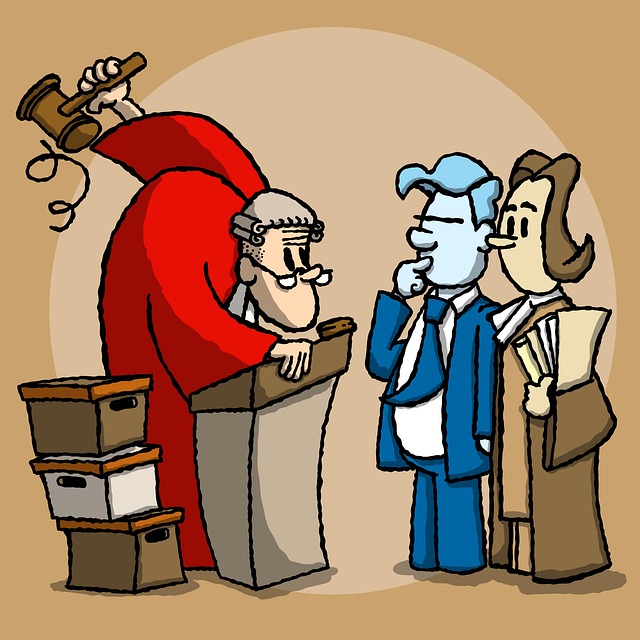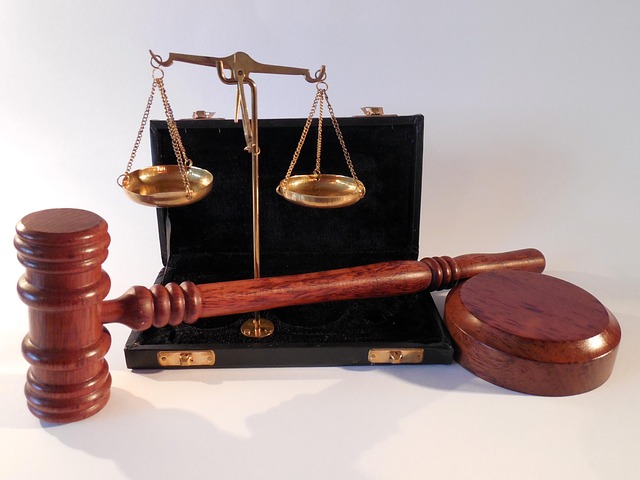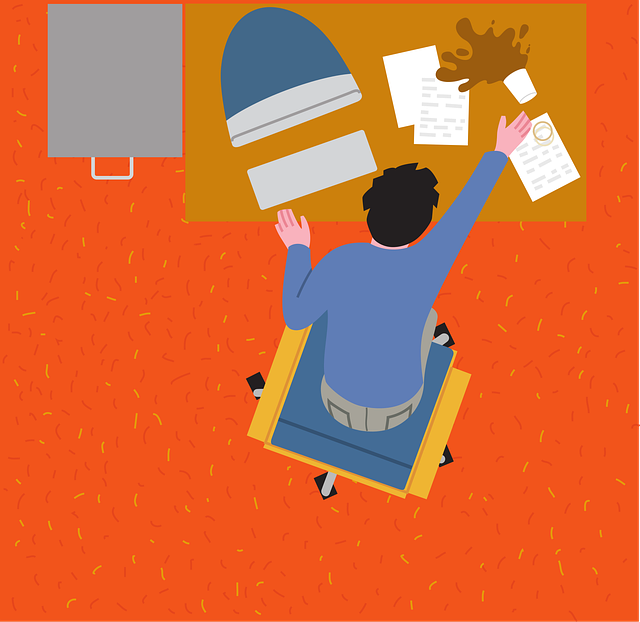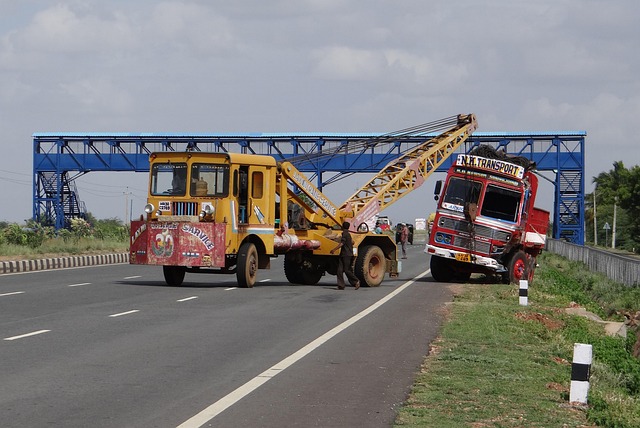Insurance Claim Adjusters play a pivotal role in resolving bicycle accidents and associated claims by assessing information, determining liability, and negotiating settlements considering injury severity, repair costs, and legal complexities. In this intricate process, both adjusters and claimants employ strategies such as minimization of liability and causation challenges. Cyclists must provide robust evidence to secure fair compensation, especially in complex cases involving third-party liability, caregiver abuse, or commercial disputes.
In the event of a bicycle accident, navigating an insurance claim can be complex. This article unravels the strategies employed by insurance claim adjusters and offers insights into common tactics used in bicycle accident claims. Understanding their roles and anticipating potential challenges is crucial for cyclists seeking fair compensation. By exploring these dynamics, we empower riders to better navigate their claims and ensure they receive adequate restitution for injuries sustained in accidents.
- Understanding Insurance Claim Adjusters' Roles
- Common Tactics in Bicycle Accident Claims
- Navigating Challenges for Fair Compensation
Understanding Insurance Claim Adjusters' Roles

Insurance Claim Adjusters play a pivotal role in the process of resolving bicycle accidents and related insurance claims. Their primary responsibility is to assess and evaluate the merits of a claim, ensuring fairness for all parties involved. After a bicycle accident, adjusters are often the first point of contact for policyholders seeking compensation for their injuries, property damage, or other losses. They gather essential information, such as details about the incident, witness statements, and medical records, to determine liability and calculate appropriate accident compensation.
These professionals possess a deep understanding of insurance policies, allowing them to interpret coverage and exclusions accurately. In cases involving complex scenarios like nursing home neglect or personal injuries sustained in accidents, adjusters need to be adept at navigating legal complexities. Their goal is to reach mutually agreeable settlements, often facilitating negotiations between the policyholder and the insurance company. This involves careful consideration of various factors, including the severity of injuries, repair costs for damaged bicycles or vehicles, and potential accident settlements compared to other similar cases, ensuring fair and just outcomes in bicycle accident insurance claims.
Common Tactics in Bicycle Accident Claims

In the realm of bicycle accident insurance claims, there are several common tactics employed by both adjusters and claimants. One prevalent strategy is the minimization of liability, where insurers attempt to downplay the fault or responsibility of their insured parties. This often involves complex interpretation of policies, focusing on specific exclusions or limitations to reduce compensation.
Another tactic is the challenge of causation, particularly in cases involving severe injuries. Adjusters might argue that pre-existing conditions or other external factors contributed to the accident’s outcome, thereby reducing the compensation owed. Unlike real estate disputes or contract disputes where specifics and terms are clear, bicycle accidents introduce elements of unpredictability and subjective interpretations, making it crucial for both parties to understand their rights and responsibilities under the policy.
Navigating Challenges for Fair Compensation
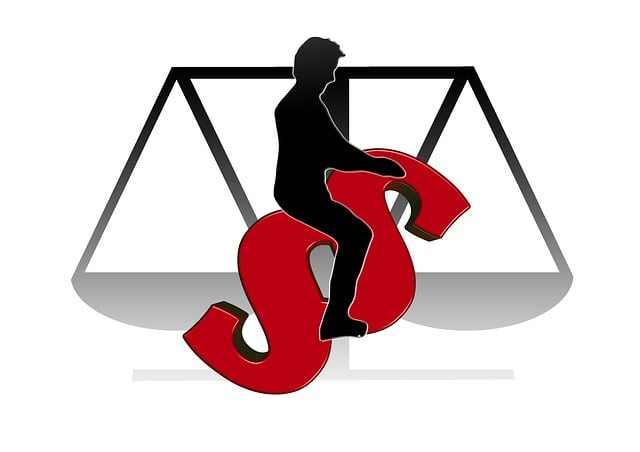
Navigating the process of a bicycle accident insurance claim can be challenging, especially when dealing with complex circumstances. Many cyclists find themselves facing obstacles in securing fair compensation for their injuries and damages. Claim adjusters, tasked with evaluating and settling these claims, often employ various tactics that require meticulous attention from victims.
One common challenge arises from the nature of bicycle accidents, which may involve unique factors like traffic dynamics, road conditions, or even third-party liability. Adjusters might try to shift blame or underestimate the severity of injuries sustained during such incidents. Cyclists should be prepared to present robust evidence, including medical reports, witness statements, and detailed documentation of expenses related to the accident. Understanding their rights and being well-informed about insurance policies can empower victims to navigate these challenges effectively, ensuring they receive just compensation for any resulting losses or injuries, especially in cases that may also involve caregiver abuse, nursing home neglect, or commercial disputes.
Bicycle accident victims navigating insurance claims require a thorough understanding of adjusters’ roles and common tactics. By recognizing these strategies, riders can better protect their rights and ensure they receive fair compensation for their injuries. Equipping yourself with knowledge is a powerful tool when dealing with insurance companies after a bicycle mishap, enabling you to make informed decisions throughout the claims process.
